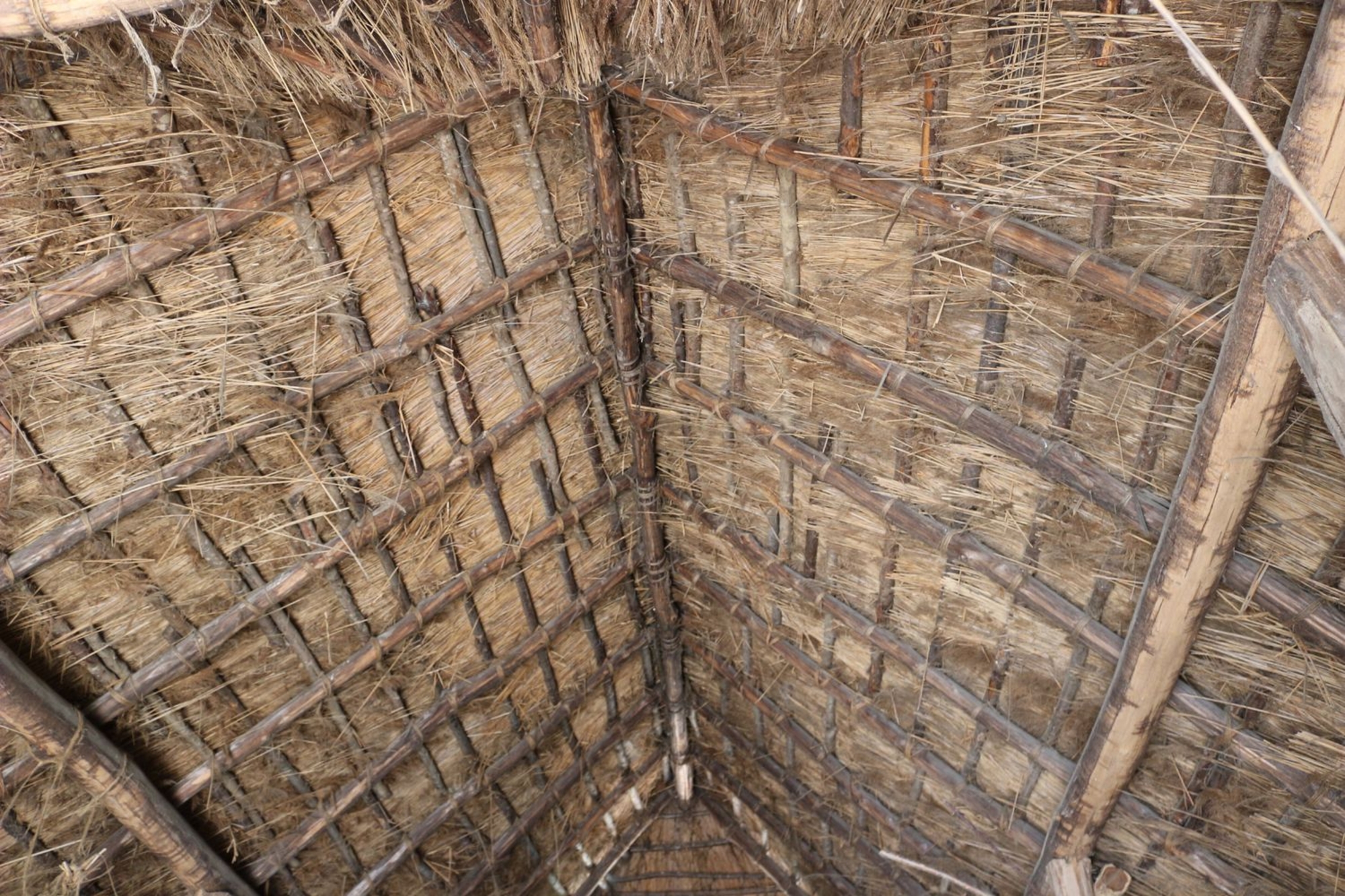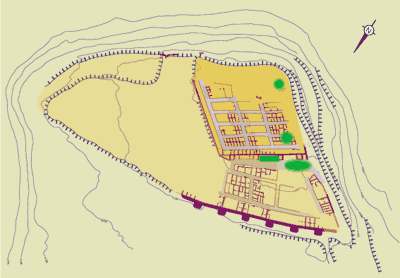- Home
- Architecture and settlement
- Places of worship
The 4 places of worship.
A sanctuary before the agglomeration
On the Entremont plateau (or in its immediate surroundings?), a religious center was established during the first Iron Age around a portico with pillars and monolithic stone lintels. It was devoted to the memory of ancestors and to the presentation of their relics.
Places of worship within the settlement
No certain remains of religious practices, structures, or collective spaces, are known from the time of the first habitat (175 to 150 BC). Most of the archaeological information available comes from the second agglomeration, when materials from previously destroyed buildings were reused in successive reconstructions. Architectural remains, certain objects, and fragments of an abundant statuary, indicate the existence of at least four places where devotional practices occurred, or where community meetings with very specific functions took place.
The archaeological data associated with the places of worship, and the nature of the practices that occurred there, are remarkable in terms of the figurative quality of the documents left behind. Unfortunately, they have been highly dispersed by disturbances to the site during the 2nd century. These documents can be grouped into four principal sectors:
- a votive area
- a ritual room or space
- a zone over which several hundred sculpture fragments are dispersed
- a hypostyle hall

